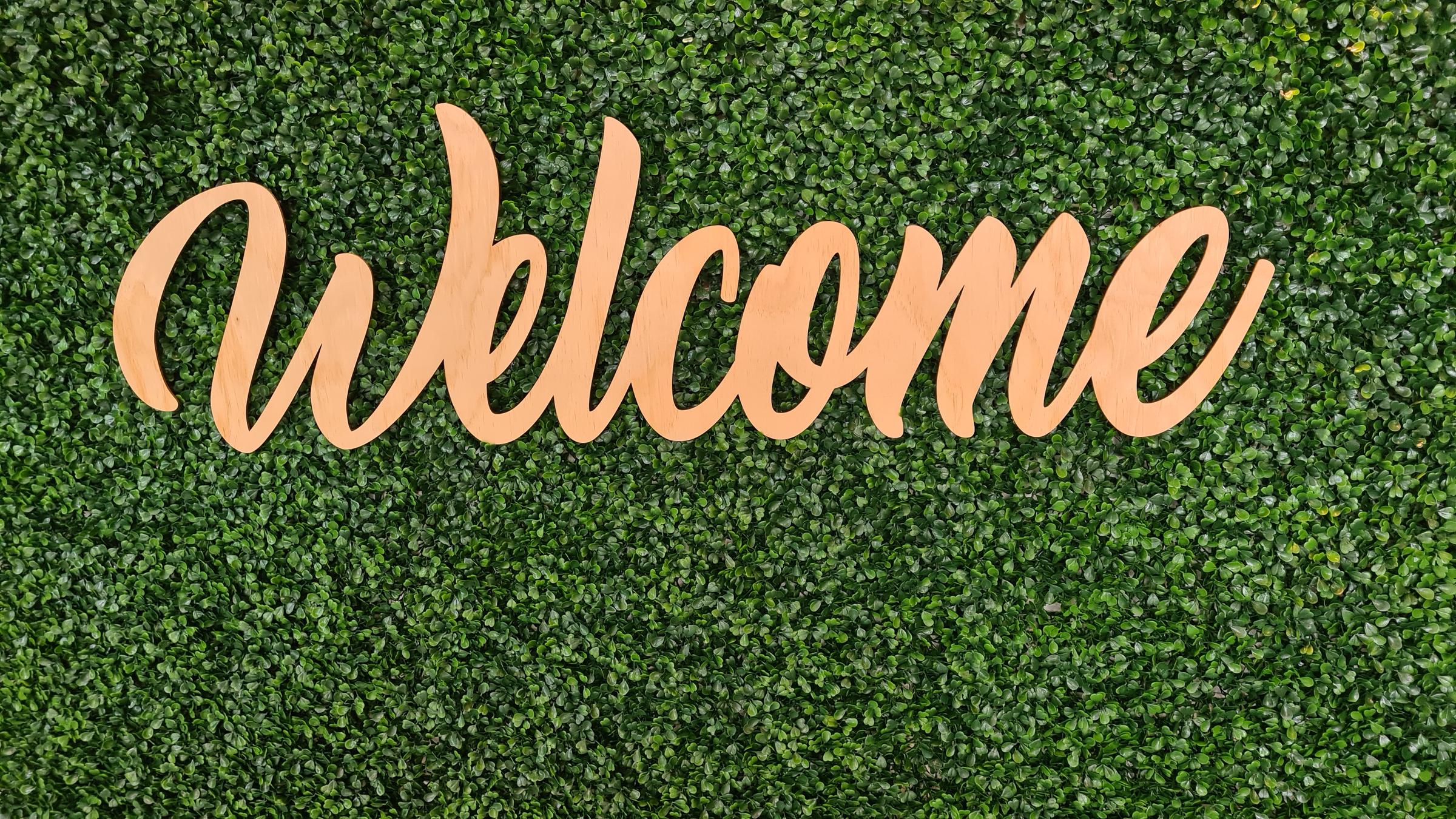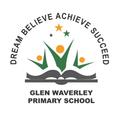Year 6 - Term 2 Newsletter

We want to welcome all the new families joining us in Term Two and welcome back to all our familiar faces. Term One was full of rich learning opportunities that demonstrated the students’ growth mindsets, resilience and leadership including the Summer Round Robin, Cultural Diversity Week and Athletics Day. It was amazing to see the students collaborating, encouraging and supporting their peers throughout these experiences.
This Term marks another busy time for our Year Sixes. We continue to provide many opportunities for our students to stretch their thinking through our rigorous classroom learning experiences and our Innovation programs. Our Innovation classes are up and running, including Mathematics, Robotics, Film, Radio and Sport. As well as Innovation, our inter school sporting competition has begun with much enthusiasm, with our first two rounds being a positive learning experience. With so much occurring across the level at any time, our You Can Do It program focuses on building independent and organised students, who have been strengthening their connections through collaboration.
At the beginning of the Term, your family should have received information regarding transition to secondary school. If you or your child has any questions or queries about the transition process, please feel free to come and speak with any member of the Year Six team or Kylie Sayer at the office. We are here to help in any way we can.
We thank you for your ongoing support of the Year Six team and the students. We look forward to celebrating your child’s growth and successes at our Student-Led Conferences at the beginning of Term Three.
The Year Six Team,
Lauren Anderson, Jess Wood, Robert Lou, Angelique Gabriel, Riley Youssef, Ivana Krsteska and Samantha Rich (TSL).
Inquiry
During Inquiry in Term Two, students will be exploring the guiding question of, ‘How do the changes of the earth’s internal and external environment provide humanity with sustainable options?’ with the lens of Global Goal 9: “Innovation, Infrastructure and Industry.” This unit has a curriculum focus on Earth and Space Science and Ethical Capabilities.
Through the exploration of Earth and Space Sciences, students will investigate how different natural disasters occur and the impact it has on the Earth’s external environment due to internal changes. An example of this is how the internal structure of the Earth's plate can shift to cause a tsunami that leads to external damages and changes on buildings and structures. This then provides humanity an opportunity to assess how infrastructure is designed to withstand future disasters from happening and enable innovative ideas for more sustainable options.
To support your child in this area of learning, you may find the following tasks at home beneficial:
- Discussions about different innovative buildings around the local area and why it might be the way it is built.
- Discussions about the different natural disasters around the world that have occurred in the past decade and the impact it has had on humans.
- Borrowing books from your local library about natural disasters and innovation, infrastructure and industries.
English
During Term Two, students will immerse themselves in a variety of texts with a focus on exploring their literary features such as setting, characters, plot, theme, illustrations, vocabulary and language. This will allow them to explore the various strategies that author’s use to inform, engage and persuade an audience.
Through this exploration students will create a range of book reviews on a variety of texts that persuade, entertain and inform an audience. To support their writing, they will be exposed to peer and professional reviews with a focus on exploring their features, word choice and voice when delivering a persuasive and informative review. They will learn persuasive techniques and how to apply these to create an impact when writing for an audience.
Through our Spelling Inquiry Program, students are consistently encouraged to expand their vocabulary. They are supported to identify misspelt words in their writing, and then examine each words’ etymology and spelling patterns, developing a deep understanding of origin and other important elements relevant to their spelling words.
This term, the Premier’s Reading Challenge will also be running and this will be a wonderful opportunity for students to delve into a range of genres, authors and series. The challenge can be accessed through their online login, where students are encouraged to read books from the challenge and log these as they read.
If you wish to support your child’s learning at home in the area of English this term, you can:
- Encourage your child to read regularly from the Premier’s Reading Challenge list, discussing their books with them and asking questions to determine your child’s understanding of the text.
- Read reviews together and discuss the effectiveness of the language and information provided by the author.
Mathematics
Mathematics this term will be in the field of data, statistics and how information can be presented in visual representations. The focus of data representation will be on how statistics can be collected in a purposeful manner and used to drive decision making. Learners will investigate the data derived from the GWPS Student Perspective Survey in Term One and will form generalisations about this data, making recommendations on how the school can be improved. This will include investigating methods of the most appropriate ways to present data through various graphs and tables. Later in the term, Level Six classes will focus on measurement and geometry, specifically volume, capacity and time.
As always, Mathematics will be delivered in line with our SURF framework of Problem Solving, Understanding, Reasoning and Fluency to ensure learners are developing their knowledge of all four proficiencies.
If you wish to support your child’s learning at home in the area of Mathematics this term, you can:
- Have discussions with your child about whether or not data you see in the media is reliable.
- Look for possible opportunities for real examples involving volume and capacity. Such as cooking or the volume of everyday pantry items.
- Looking at three dimensional shapes within your home and estimating their capacity or volume.
